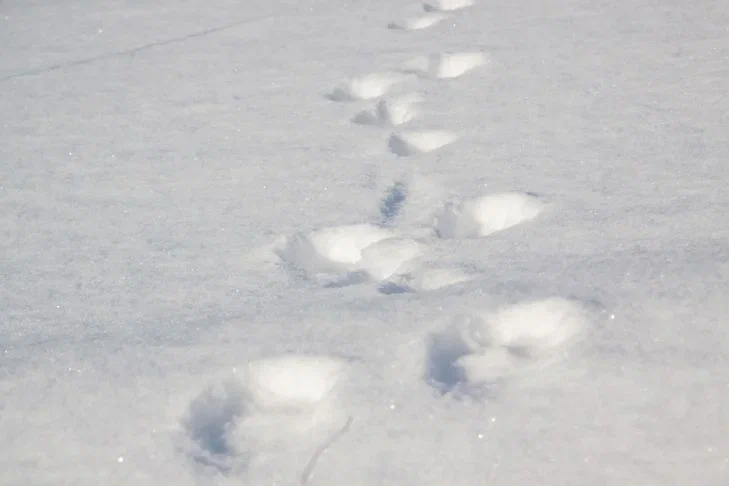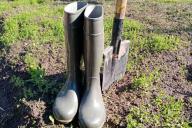Proper use of fertilizers can increase their effectiveness and at the same time help you reap a rich harvest.
Gardeners usually try to add nutritional supplements in the fall or spring. After a snowfall, their use is considered useless.
But experienced gardeners have a different point of view. Here are the additives they recommend scattering directly on snow-covered beds.
What's the trick?
There is no secret. Supporters of this concept claim that melting snow enhances the effect of adding additives, and at the early stages.
In other words, you don’t need to wait for the snow to melt and the soil to warm up in order to fertilize the soil in the spring.

What can be contributed?
1. If you add rotted manure to the snow in December, then as the snow melts, the fertilizer will gradually dissolve in the water, penetrating into the soil.
2. You can do the same with wood ash. The effect will be the same.
3. And one more fertilizer that is added in advance is bone meal.
Flaws
This method has one, but significant, drawback. There is a high probability that all the useful substances will be washed away with melt water.
Such a problem may occur due to the terrain features of the area.
Therefore, it is necessary to make irrigation grooves in the beds in advance, which will allow water and fertilizers to be absorbed faster.
It would be a good idea to provide holding devices so that flour and ash are not blown away by strong winds along with snow.








